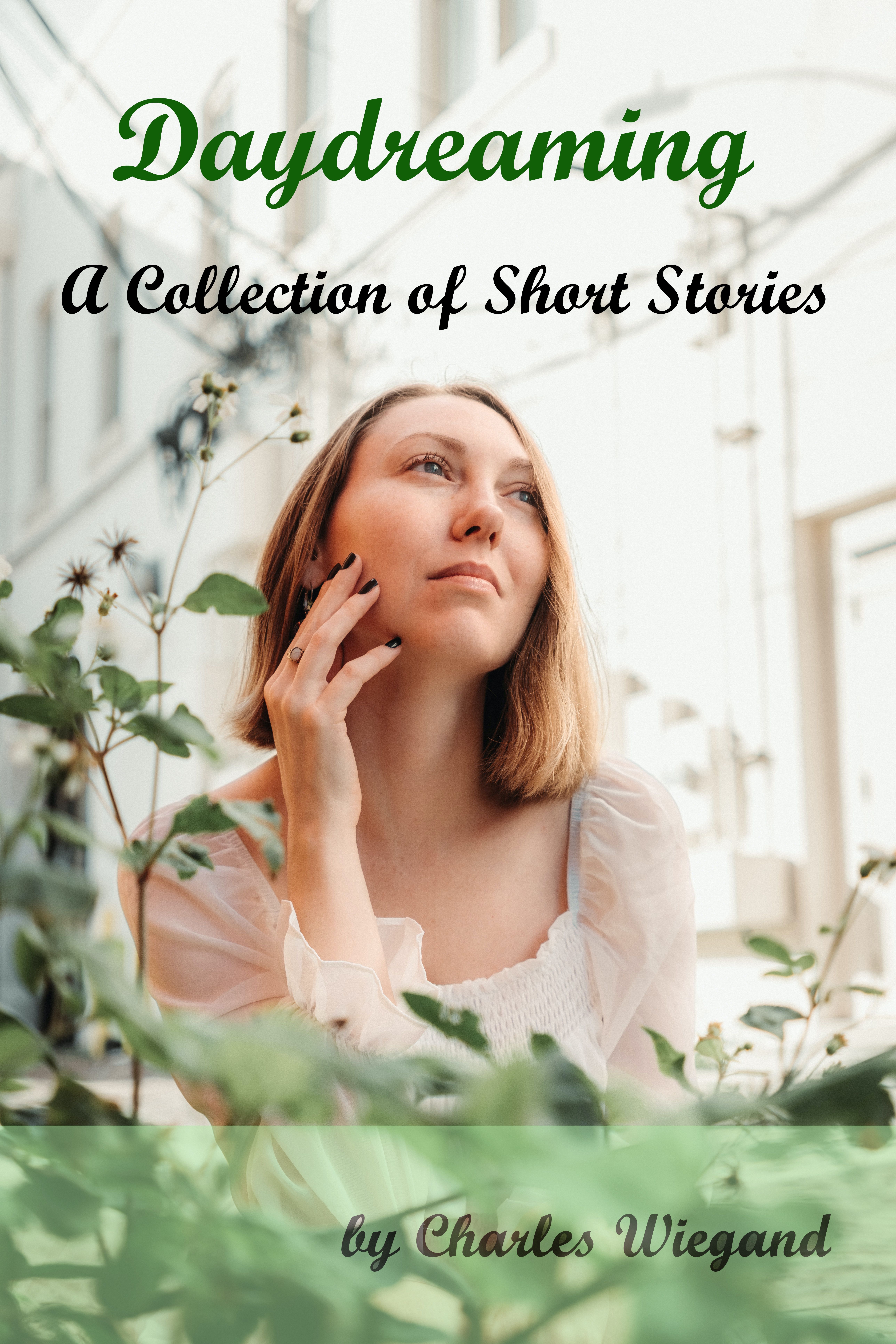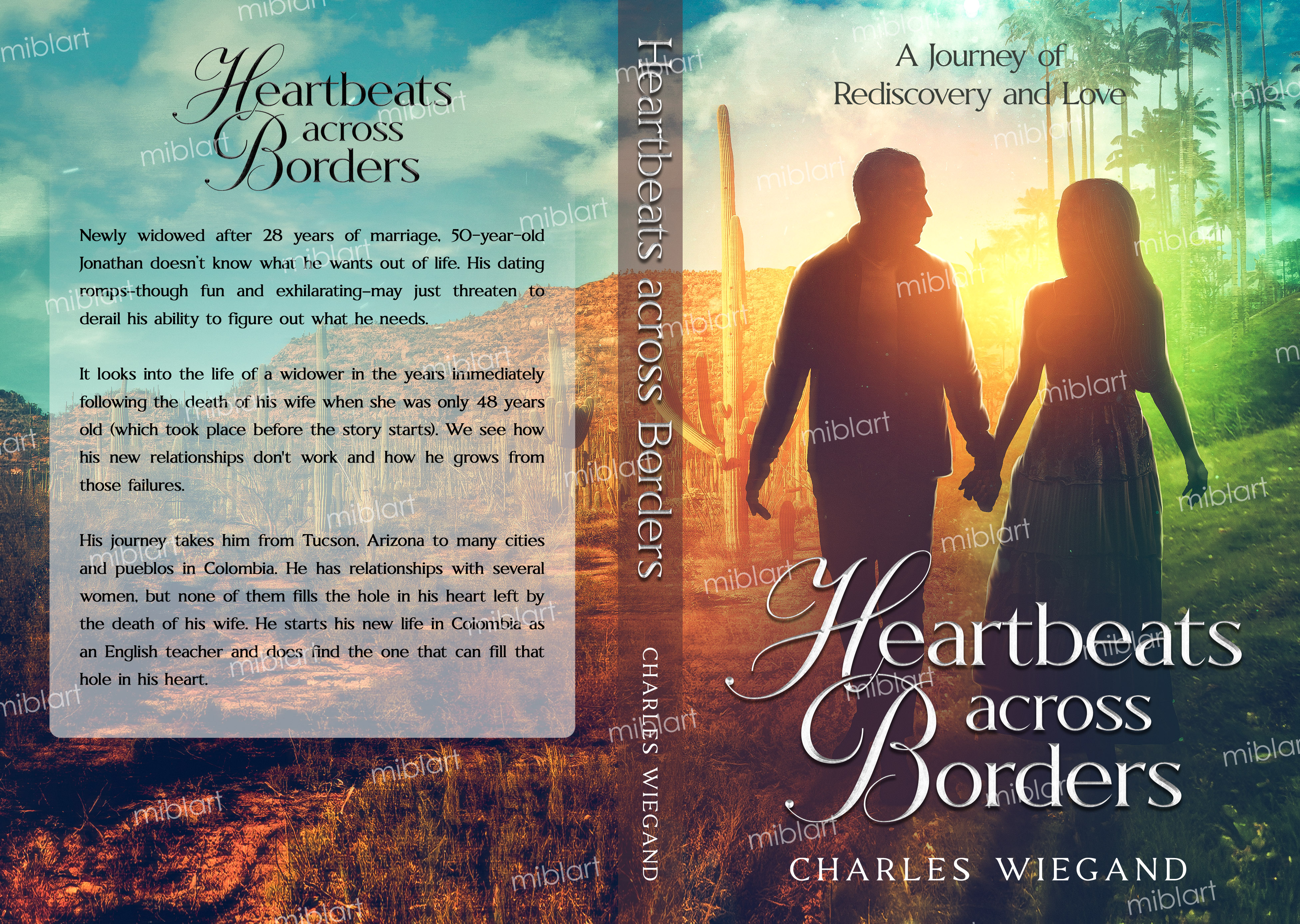

My book "Heartbeats Across Borders" is available now on Amazon.com! Be sure to get your copy! And sign up for my mailing list.

A Collection of Short Stories

Two hearts, two countries, one love

July 2, 2024
Those of you who followed me on my backpacking journey of South America will know there were some cities/towns that I wrote about which I liked and some I wrote that I didn't like. In reviewing my journey I thought about listing those towns I specifically wrote that I liked for everyone to see and read about. The towns I decided I liked covered a variety of areas, sizes, climates, and in several of the countries that I visited.
So, here is a summary fo the towns I liked during my backpacking journeys, with a selection of comments from my blogs (the cities are listed in random order):
Ica is clean, pretty, warm, and friendly, and even though it sits between very large sand dunes it does not have dusty dirty sandy roads (except the ones that are not yet paved which are outside the city center). There are many parks and they are clean and pleasant places to spend time in the shade of the trees.
Villarrica has a lot of old architecture from the Colonial period, the 1800s. The town has two plazas, a couple of blocks apart, with businesses built around them, then the central business district spreads out around there and then there are the residential neighborhoods around the city center. I like this layout for a town, it makes for a town that is easy to walk through. The town is quite nice, a very pleasant place to visit. There are all the necessary stores and large grocery stores, building supply stores, hardware stores, etc etc, and several hospitals. The town is almost flat as a pancake, and has many cobblestone roads in the residential neighborhoods, so for cyclists (of which I saw none) it probably isn't a very pleasant place for riding.
Encarnación is clean, very friendly and a great place to walk, both in the center and virtally all around the city in the parks along the rivers. It's a beautiful place, obviously well cared for by the city government. The city-center is well layed-out like a checker-board. The neighborhoods are a bit less so as they include many green spaces, parks, markets, and so forth. The central plaza is very nice, possibly the prettiest I've seen yet in all of my journey. It includes a children's play area, a water-feature with a water fall and short stream to a pond, the central monument, and many trees and benches. This city has a lot of interesting places to visit.
Moyobamba, the City of Orchids, is considered very safe by people I've spoken with here in town, it is generally much cleaner than any other town I have visited in northern Perú and Ecuador. It has a lively commercial area and city center. Outside of town are areas for hiking and cycling. Moyobamba has been characterized as a city of tolerance.
Puyo doesn't have any great, classic architecture. Still, the city is, in my opinion, just the right size for walking from end-to-end in any direction, just the right temperature day and night, and has enough parks to make it enjoyable. The city center is lively and active, most people walk the city because the streets are narrow making the flow of traffic slow and difficult. I did find at least a half-dozen coffee shops in this town.
Formosa has some beautiful parks and boulevards. One park is alongside the river and runs for many kilometers. It is popular with cyclists, runners, and walkers. At the far end is a fountain that lights up in many colors. There are also many sports parks including countless soccer fields, one for field hockey, a bicycle velodrome, a motocross bicycle track, a go-kart track, and more. The town is clean, the streets are litter-free, and the noise level is very low.
Catamayo is located in a beautiful valley, fairly high in the mountains, but still has a really nice climate that allows you to wear shorts and a t-shirt pretty much 24/7. There is a central plaza/park with a church on one side and businesses around the other sides. The rest of the town center is concentrated around that.
On my second visit I wrote: ...there is not even one good, proper coffee shop here. Oh, there are a few shops that sell coffee but they use espresso machines to make coffee! Seriously, that is not right!
Ilo is a coastal town but not a beach town, as you can see in the photos in the photo album, there is no actual beach here. Of all the coastal cities I have visited this one is my favorite - the downtown is easily walkable and clean, there's a vibrant waterfront and a nice boardwalk that is being expanded considerably.
I lived in Roldanillo for about 1 1/2 years and really like the town. The town has a central plaza that is always busy, and the town is buildt around it. Rolda sits at the base of the western range of the Andes Mountains with the Valle del Cauca on it's other side. The town doesn't have a lot to offer tourists but is a very pleasant place to visit, and is considered one of the safest towns in Colombia. In the mountains here they hold world championship hang-gliding competitions every year.
I lived in Armenia for 6 months but found the climate a little on the cold side so I moved down and into the valley. Aremia is very nice small city in the foothills of the central range of the Andes Mountains. It's a very pretty area, the town has a long pedestrian-only street which is loaded with shops and restaurants.
La Merced is supported first by tourism. The valley is incredibly beautiful. The rivers, waterfalls, mountains, there are eco-parks, a butterfly park, an extreme sports park, and much more outside of the area of the city. In the central business district, there is at least one coffee shop on every block and restaurants and ice cream shops everywhere. The valley is beautiful, the river runs fast, and the climate is perfect. Oh, and the streets are clean, too. The city is now in the construction phase of a new malecon (riverside boardwalk) and a park for children and a new tourist area, all alongside the river.
In Lambareque are too of the most important museums in Perú—the Bruning Museum and the Museo Tumba Real. Lambayeque is the cleanest of all the towns I have visited. there is almost no litter, especially in the city center. I like this town. The parks are nice, well-kept, and clean.
While there is nothing particularly special to see in this town, I like it. It's surprisingly quiet, no horn-honking, no loud motorcycles (I can count on my two hands the number of times somebody drove their moto as loudly as they could). This town, like almost all the towns I've visited on the east side of the Andes Mountains, has no 3-wheeled moto-taxis, those awful noise pollution/air pollution atrocities all too common in many cities. The town has many coffee shops and bakeries, and the ice cream shops mostly sell ice cream bars, with a few selling ice cream treats of various flavors and types. There are several bicycle shops.
Juanjuí is building a new park that will have many permanent booths for vendors of artisanal goods and cultural displays. Part of the park is completed, another part is in construction, and the last part is currently used for soccer, volleyball, and picnicking. There are two nice plazas, I like the town, I like the valley it sits in, and I like the climate. In 2011, Juanjuí received national and international awards for its production and export of organic cacao, from which we get chocolate.
Atyrá is considered the "Cleanest City in Paraguay," the seventh cleanest in the Americas and the eighth healthiest community worldwide, as certified by WHO/PAHO. It was also declared "Ecological Capital of Paraguay," by a Decree of the National Government. Atyrá is a pleasant town. The central business district, well, it's spread out throughout the town, there is not one central business district. There are small businesses everywhere. They do have a couple of decent supermarkets and everything else you might need. The parks are nice and generally well kept. The town is clean, pretty, and quiet. I like this town, but, one negative point - there is no proper coffee shop.
San Ignacio is a pleasant town. I like this town. It is clean and quiet, lots of green space and parks, and an easily walkable downtown. The town has at least half a dozen different banks, several supermarkets, and everything you could need to live here. The city still has a few houses and buildings that date back to the Colonial times. And a couple of museums of local history.
I like Salto, it's clean and quiet. It has some nice parks and plazas, and more than enough shopping to take care of just about anything you need. But, is there anything really special here? No. Anything unique or interesting? No. Only the thermal baths, the hot springs/water park outside of town. Yes, Salto is generally a pleasant place, the downtown is nice for walking, and the parks alongside the river are nice, as well.
Melo has numerous parks and plazas that are quite nice. In particular are the parks along the stream that passes alongside the town. Melo, is clean and quiet. It has some nice parks and plazas, and more than enough shopping to take care of just about anything you need. The only problem I have is the same for all these central Uruguay towns - the climate is simply tooooooo cold for me.
Jipijapa has a solid central business district easily walked from end to end. And sure, there's nothing particularly beautiful here, but overall, I like the location in the valley, the size of the town, and the layout with the central business district around a central plaza. Outside of Jipijapa - some of the attractions include the Agua Dulce Waterfall, the Andil fresh-water wells, the mineral water wells of the volcano Chocotete, the Anegado waterfalls.
I like this town, it's clean and quiet. It has two plazas and a lot of 100+-year-old houses and buildings. There's a dedicated bike lane that goes almost all the way around the edge of town and many parks. What I don't like, and this isn't about the town, is the climate, it's just too cold for me.
Rivera is a very pleasant border city, one of the best I've visited. The town is clean, there's no huge crowds or terrible traffic, the border with Brazil is open, and there's a park directly on the border (several blocks long). The International Plaza, inaugurated in 1943, straddles the border and is shared by both cities and is said to be the only international plaza in the world. The town is also quiet except for the occasional irritatingly noisy motorcycle, but there is no horn-honking and drivers are nice enough to stop and let pedestrians cross the road (something that doesn't happen in other South American countries, particularly Colombia). I like this town, but the climate here is one that gets rather cold in the winter (June - August), no snow, but cold, near freezing, none-the-less. That I don't like.
I like Caacupé. The town has two plazas, the one in front of the church is very open with no statues, monuments, or fountains, not even any benches, but it does have lots of trees. The other plaza is the main town square and is very nice. It is surrounded by restaurants, ice cream shops, and other small businesses. The town is build around those two plazas. Caacupé is also a little hilly, which is a nice change from the previous towns I visited here in Paraguay, where are flat as pancakes. I also noticed the streets are clean and have very little litter.
Portoviejo was founded in March 1535 which makes it one of Ecuador's oldest cities. I like this small city, it has some really nice parks, and there was a new mall being built. In 2019 UNESCO recognized Portoviejo as part of its Creative Cities Network. They received that recognition because of their preservation of ancestral recipes and their gastronomy in general. I can attest to the delicious encellobado.
Montecristi is famous for it Panama Hats. Montecristi is the original birthplace of Panama Hats. I saw more hat shops in this little town than I've ever seen anywhere. I like this little town. Granted, it's not particularly beautiful, has very little historic architecture, but I like the downtown area and the location of the town at the bottom and going up the side of Mount Montecristi.